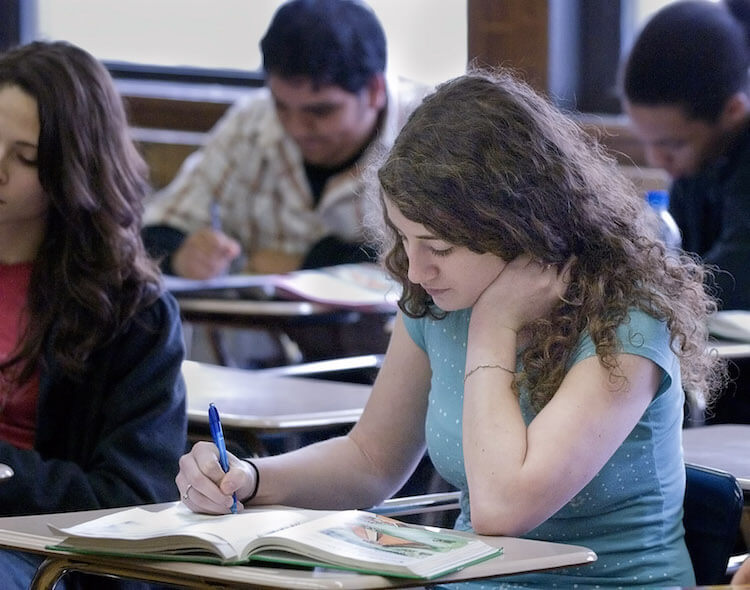Does inequality affect high school dropout rates?

One way that high levels of income and wealth inequality might affect economic growth is through the development of human capital. Inequality could warp workers’ ability to improve their level of education and skills in a number of ways—for example, income inequality and residential segregation might combine to create an inequitable and inefficient distribution of school spending. Or perhaps high levels of inequality might cause young people to become pessimistic about their future and underinvest in their education. A new paper from the Brookings Papers on Economic Activity reports new evidence for that second story.
The paper, by Melissa Kearney of the University of Maryland and Phillip Levine of Wellesley College, is part of the continuing investigation into the Great Gatsby Curve. The curve (based on work by Miles Corak and proposed by Princeton University economist and former Council of Economic Advisers chair Alan Krueger back in 2012) shows that countries with high levels of income inequality tend to have lower levels of intergenerational mobility. Of course, this is just a correlation—it’s still an open question of whether and how inequality has a causal effect on mobility.
Kearney and Levine try to untangle the possible causal relationship between the two. More specifically, they look at how higher levels of inequality might affect the decisions of students from low socioeconomic backgrounds when it comes to completing high school. Perhaps students will see higher inequality as motivation to work harder. Or maybe higher inequality will cause students instead to feel despair and drop out. It’s not clear which effect will be larger until we look at the data.
But let’s be clear about what the authors mean by inequality. In this paper, since Kearney and Levine look at the effects on students from low socioeconomic backgrounds (measured by the educational level of their mothers), they focus on inequality between those at the bottom and those at the middle of the income distribution. And they are looking at inequality within states and metropolitan areas.
The authors find that states and metropolitan areas with higher levels of inequality have higher high school dropout rates. But the result is only significant for boys from low socioeconomic backgrounds. Boys in high-inequality states are 6 percentage points more likely to drop out than similar boys in low-inequality states. While their analysis doesn’t definitively prove causation, it does show that many other possible explanations don’t reduce the strength of the statistical relationship.
Kearney and Levine’s argument is about students’ perceptions, but they also present some interesting evidence on “returns” to an extra year of school. In low-inequality states, the returns appear to be about the same across all classes. But in high-inequality states, the returns are not only slightly lower but also less equally distributed. This is particularly interesting in light of other research on differential rates of return to education. Perhaps this is why boys from low socioeconomic backgrounds perceive high school to not be worth the effort.
This analysis is far from a smoking gun on the causal relationship between inequality and mobility. No one paper ever will be. But it’s an interesting and thought-provoking step in our efforts to better understand the wide-ranging effects of inequality.
